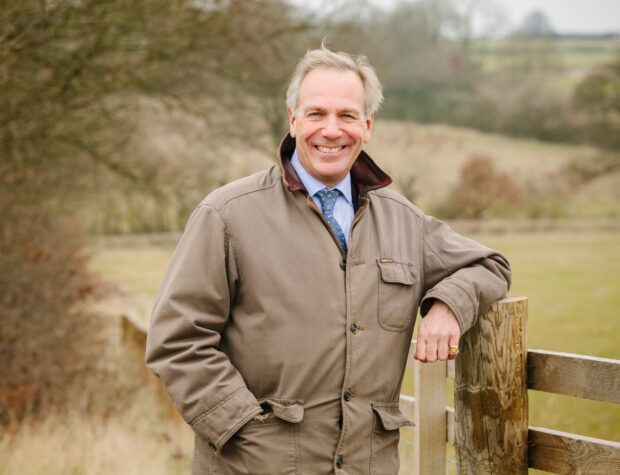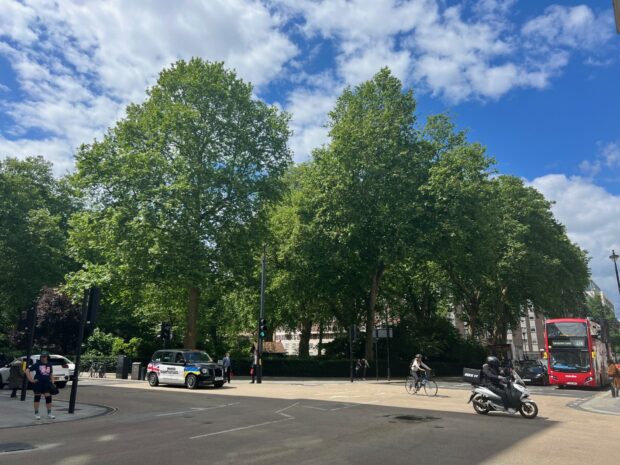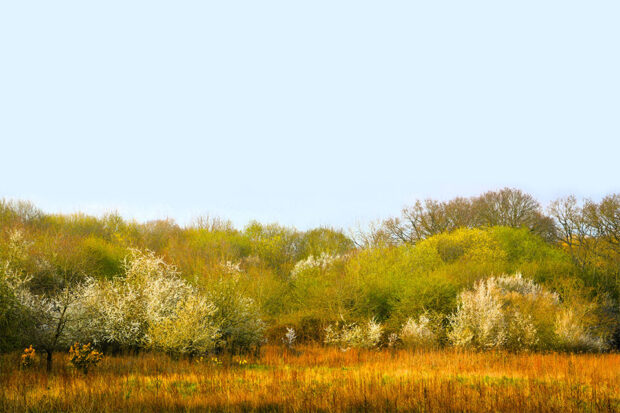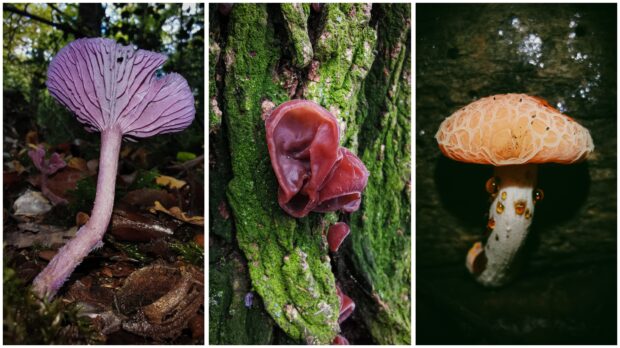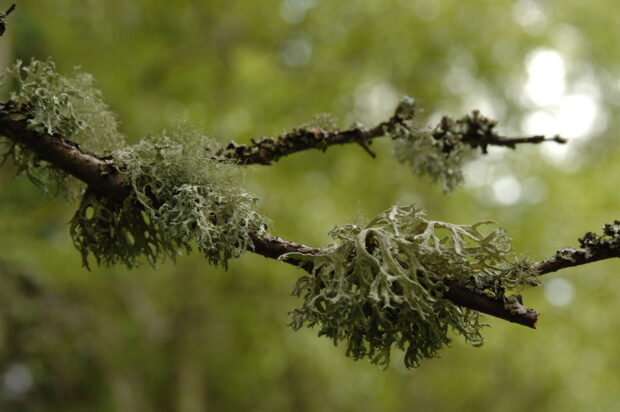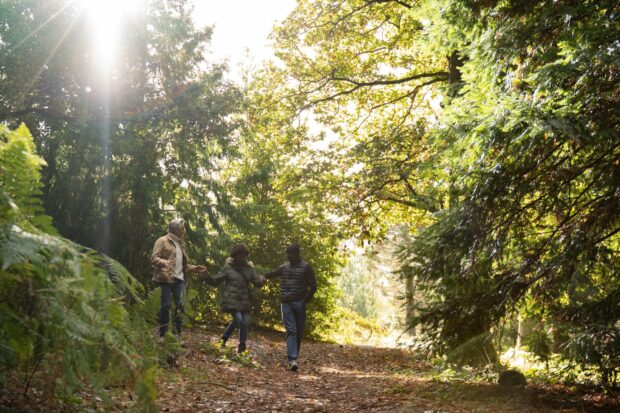Search results for VIPREG2024 promo code in 1xbet South Korea
...intensive investigation to ascertain the extent of infection. This informs decision making on the appropriate restrictions required, such as on timber movement or specifying work to be undertaken under a...
...and Western Red Cedar. In some cases, it’s less about introducing entirely new species and instead sourcing seeds from further south. For the south of England, for example, that can...
...value that local champions can humbly provide to local trees; carrying out essential maintenance, planting, and monitoring on the ground. Investing some time to empower and inspire more people within...
...in any firewood, and this enabled us to gain an insight into the trade and develop an inspection regime based on risk. These inspections have demonstrated that most of this...
...your existing edge resource – what’s already in the site treescape - at the appraisal stage. This might include open canopy in-field trees, shaws, hedgerows and scrub, and areas of...
...specific fungus that I know is also present in my own woodland, it is a good indicator that I will likely spot it in my area within the week. This...
...and improve soil for other plants. There are hundreds of species of mosses in the UK, of countless shapes and textures. Species like sphagnum moss thrive in boggy areas including...
...invited to the consultation event. Who should be involved in consultation? Consider who is in the room and who is not, to avoid a vocal minority dominating your meeting when...
...forestry Forests are spaces that connect people to nature and each other. People in forestry are central to managing, preserving and innovating in these landscapes. John Deakin, Head of Trees...
...woodland in the winter of 1988/89. The original plans were for a main planting block at the top of the field along with hedgerow trees on the south side and...

